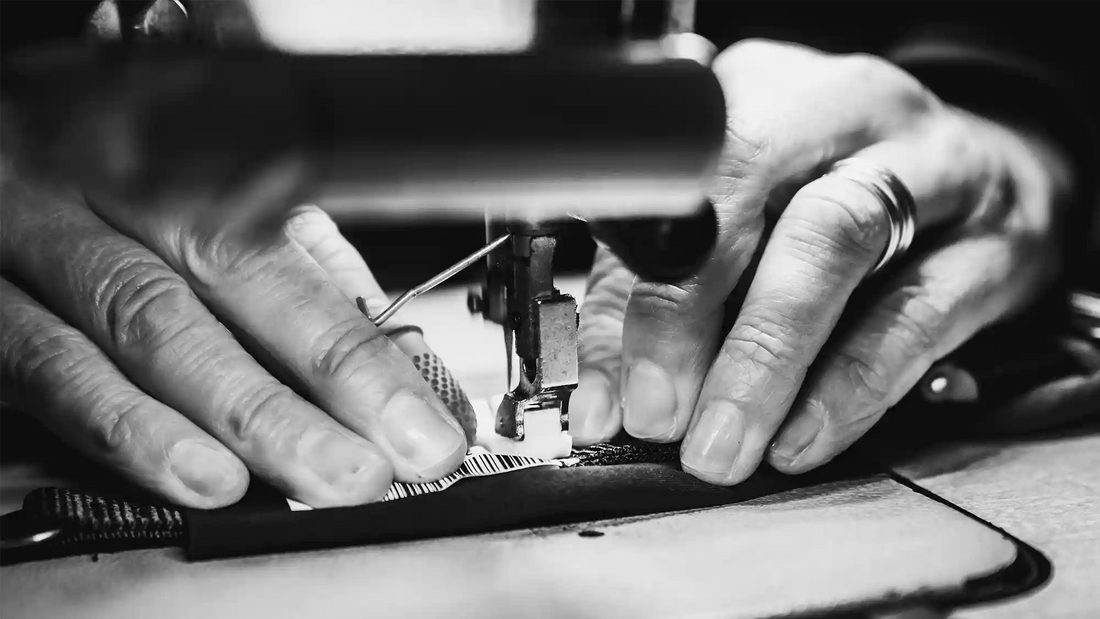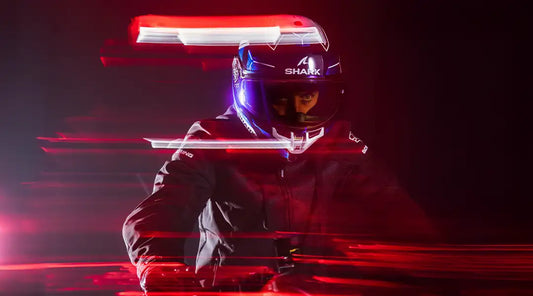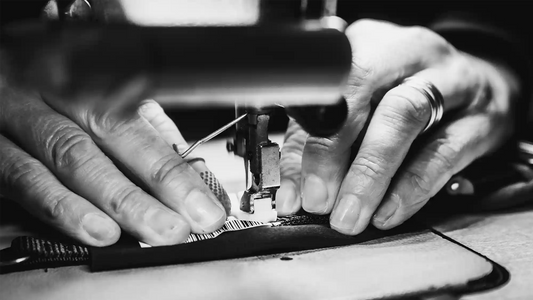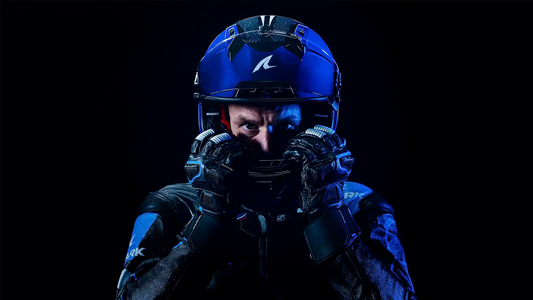
Homologation is the official validation that guarantees your helmet meets strict safety standards. In Europe, the most widespread standard is ECE 22.05 (which will gradually be replaced by the even more demanding ECE 22.06 standard). This homologation requires rigorous tests: impact resistance, energy absorption, stability, fastening system resistance, etc. (If you want to know more about the standards, we invite you to read this article)
Where to find proof of homologation on your helmet?
To know if your helmet is homologated, check the labels and markings:
- The ECE label: Generally stuck inside the helmet, this round sticker features an "E" number followed by a digit identifying the country that issued the homologation, as well as the standard code (e.g., E22 05 for ECE 22.05).
- The marking on the shell: On some models, the ECE logo is also affixed outside.
- The manual or documentation: SHARK always includes this information in the manual delivered with each helmet.
Without these markings, your helmet does not comply with the law and may result in a fine if checked.
When does the homologation expire?
Technically, a homologation does not have an expiration date inscribed on the helmet. But in practice, the safety of a helmet degrades over time and use:
- Recommended lifespan: SHARK advises not to exceed 5 years of use, even if the homologation remains valid.
- Evolving standards: Safety standards evolve, and a helmet homologated 10 years ago does not offer the same guarantees as a recently released helmet.
- Wear and aging: The internal foam, composite materials, and straps can lose their properties. An old or damaged helmet may no longer meet the initial homologation criteria.
How to know if your helmet is still safe and homologated?
A few simple actions to check your helmet:
- Inspect the general condition: Cracked shell, deformed foams, damaged chin strap = STOP immediately.
- Look for the homologation label and check that it corresponds to a standard still in effect.
- Test the fit: A helmet that is too loose or deformed loses its protective capacity.
- Never neglect an impact: After a fall or impact, even minor, change your helmet. The integrity of the shell is likely compromised, and thus the homologation is no longer valid.
Never leave your safety to chance. Rider with a helmet that resembles you: precise, bold, and uncompromising.


